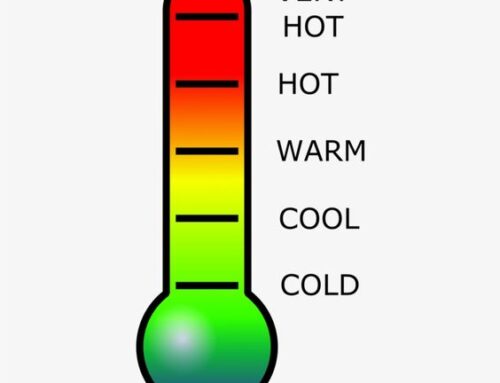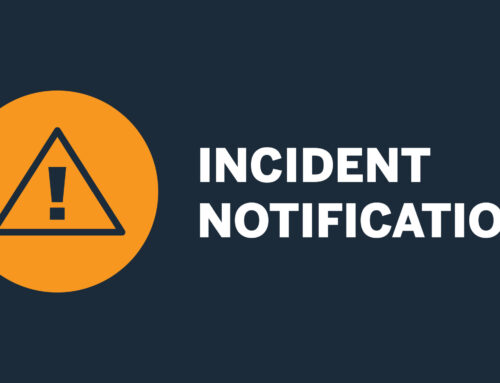What Is Traffic Management?
Traffic management is:
- How a workplace is organised to keep vehicle/forklift drivers and pedestrians safe
- A combination of rules and physical barriers that people must follow
Why Does A Workplace Need A Traffic Management Plan?
A traffic management plan:
- Helps the employer meet their duties to minimise or eliminate the risks to health and safety in the workplace
- Reduces costs from stock or plant damage.
What Are The Key Rules Of Traffic Management?
- Keep pedestrians and forklifts separate.
- Use physical means such as bollards and railed walkways so that forklifts and pedestrians cannot meet by accident.
How To Plan Traffic Management
Employers should:
- Consult with forklift drivers, other workers and contractors on what can be done.
- Assess the work environment:
- Where do forklifts drive?
- Is there enough room?
- What type of surfaces are forklifts driving on?
- What areas do pedestrians need to access?
- Where do trucks load and unload?
- Write down the plan and use maps and signs to show how it works in the workplace.
Follow the four SAFE steps of hazard management to create the traffic plan.
S – Spot the hazard associated with the movement of forklifts, other vehicles and pedestrians. Talk to workers and look at records of any previous incidents.
A – Assess the risk caused by these hazards. What is the potential impact of the hazard? How severe could an injury be? How likely is the hazard to cause someone harm?
F – Fix the problem, preferably by eliminating it altogether. Otherwise, try isolating the problem to reduce the risk of injury by installing bollards, guard rails, elevated walkways or automatic boom gates.
E – Evaluate the results. Record and regularly review the traffic management plan to make sure it is effective. Always review the plan when buying new forklifts, if a process changes, business increases or decreases or when the workplace is renovated.
How To Make Sure The Plan Is Followed
- Include the plan in induction and refresher training.
- Give the workers the authority to alert others who are not sticking to the plan.
- Supervise workers and visitors.
- Post maps and information at entrances, noticeboards and on walkways.
- Make sure signs and markings are clear.
- Make changes to the plan as needed (e.g. if someone raises a valid issue, or if new equipment, processes or renovations affect the plan).
Traffic Management In The Workplace
As a minimum, the employer should tick every point in the list to show they are working to manage traffic in the workplace.
Review this list about every six months or when buying new plant or fittings that may affect traffic in the workplace.
- There is a traffic management plan for the workplace.
- Regular reviews of the plan are conducted.
- The traffic management plan is updated when new forklifts are purchased or processes or the environment changes.
- Workers are consulted in the development and updating of the plan.
- Elements of the plan are often refreshed with workers (e.g., in toolbox talks).
- A record is kept of the development of the traffic management plan.
- The traffic management plan is included in induction training and is communicated to visitors.
- All staff are aware of the procedures for reporting faults or hazards.
- Forklifts and pedestrians are physically separated where possible.
- It is clear to forklift operators and workers at the site as to who has right of way.
- Any no-go zones for forklifts or pedestrians are clearly isolated and marked.
- If high visibility vests are required, they are readily available to staff and visitors.
- Any pedestrian floor markings are highly visible and not faded.
- Speed limits are clearly signed and followed.
- Traffic directions, such as ‘stop’ and ‘one way’, are clearly signed and followed.
Characteristics Of A Traffic Management Plan
There are some key characteristics of forklifts and workplaces that need to be considered when creating a traffic management plan. Check that the plan accounts for:
- The physical environment, such as lighting, road surfaces, ventilation and weather.
- Traffic destination, flow, volume and priorities.
- Forklift stopping distances, turning (tail swing) and operator blind spots.
- Forklift characteristics, such as stability and attachments.
- Load characteristics, such as height, width and type.
Further Information
Suncoast Safety specialises in Safe Work Method Statements (SWMS) for all types of Operating Plants.
Friendly Service, Free Quotes and Helpful Advice. Contact us Today 0429 990 418 or (07) 5493 2961
Serving but limited to the Sunshine Coast, Brisbane, Gold Coast, Ipswich, Gympie, Maryborough, Hervey Bay, Bundaberg, Central Queensland & Far North Queensland
#suncoastsafety #safetyconsultant #riskmanagment#safetymanagementplan #environmentalsafetymanagementplan#siteinspection #toolboxtalks #safeworkmethodstatments #sunshinecoast #brisbane #goldcoast#ipswich #gympie #maryborough #bundaberg #centralqueensland#farnorthqueensland






